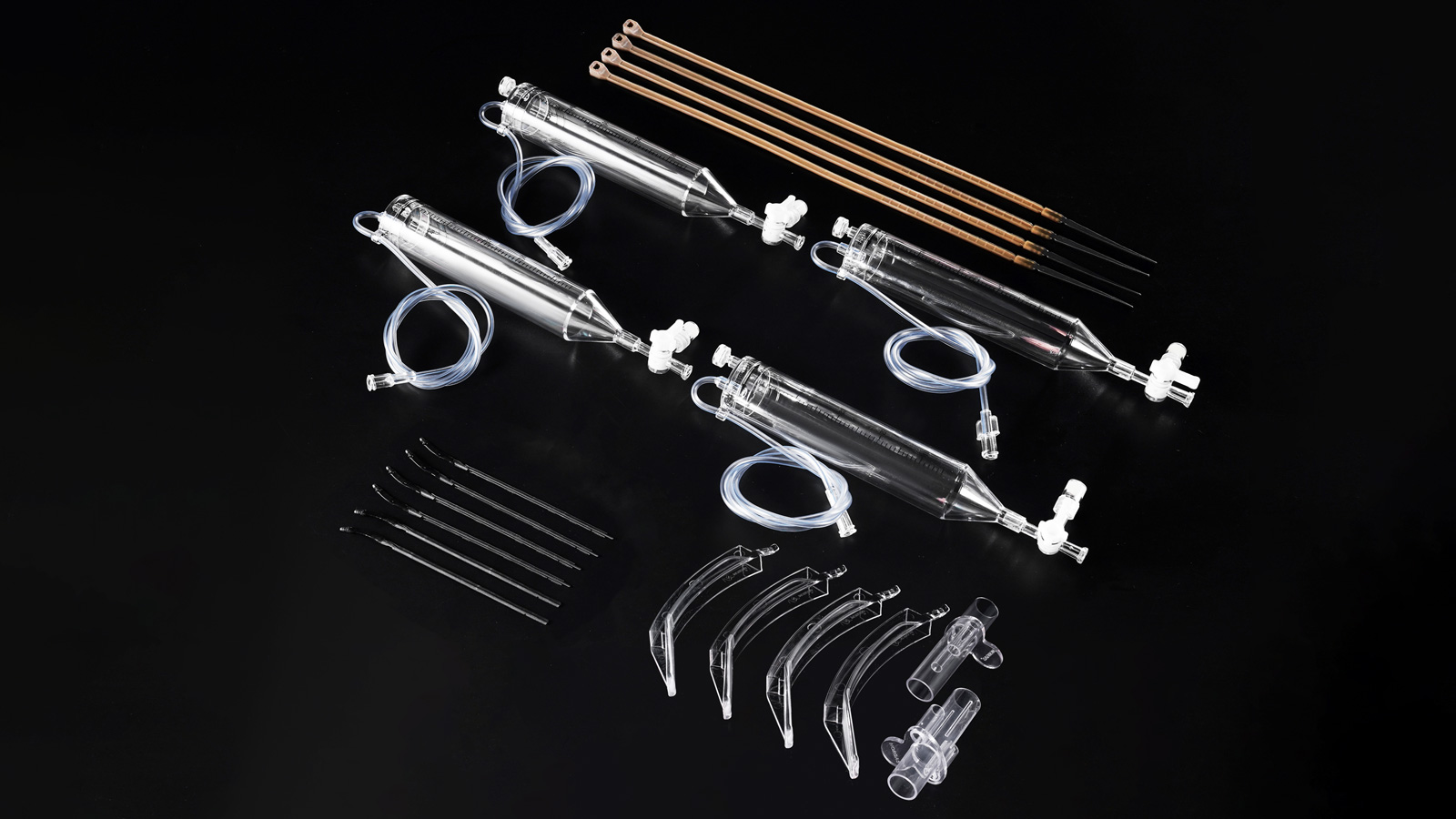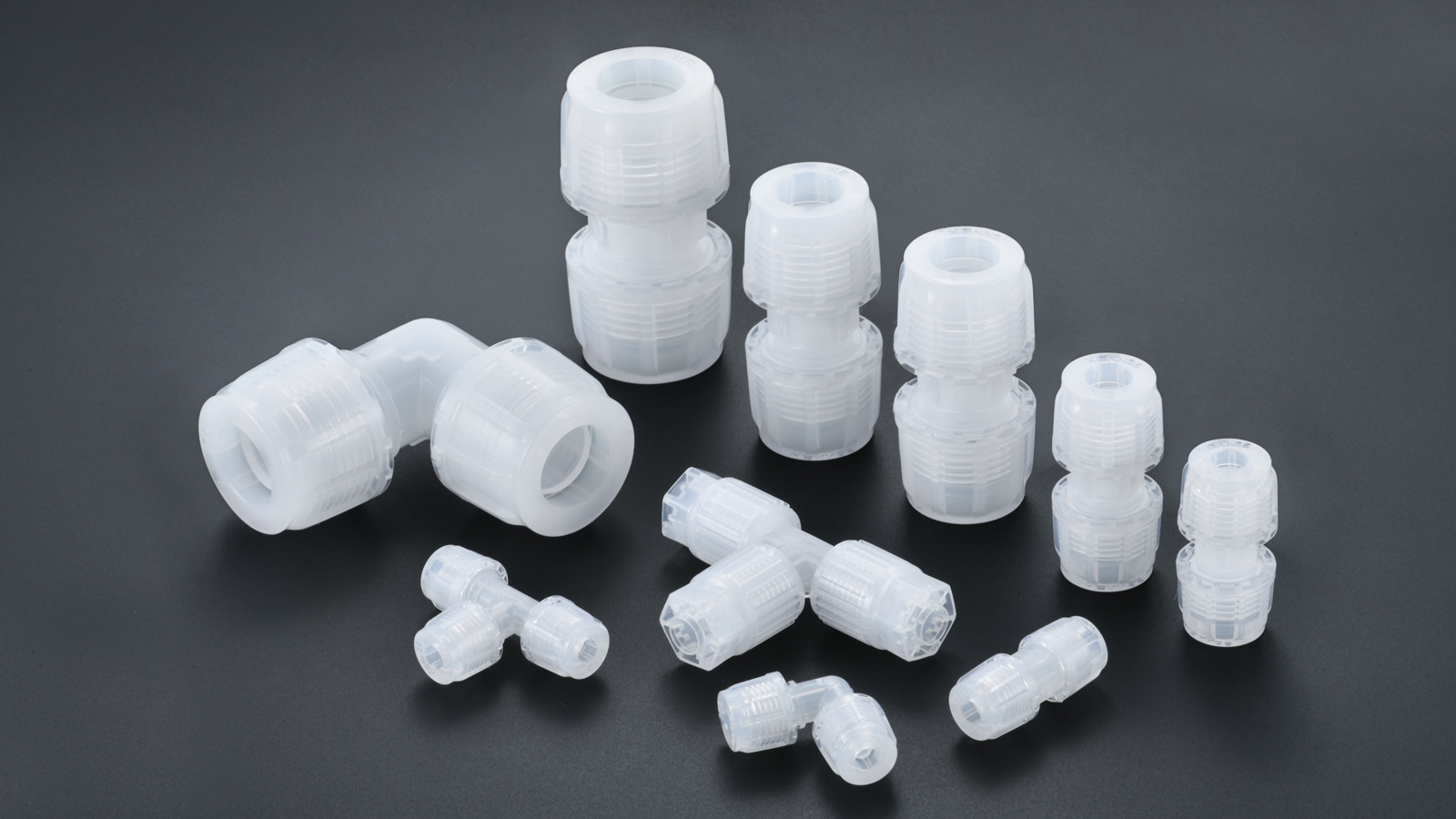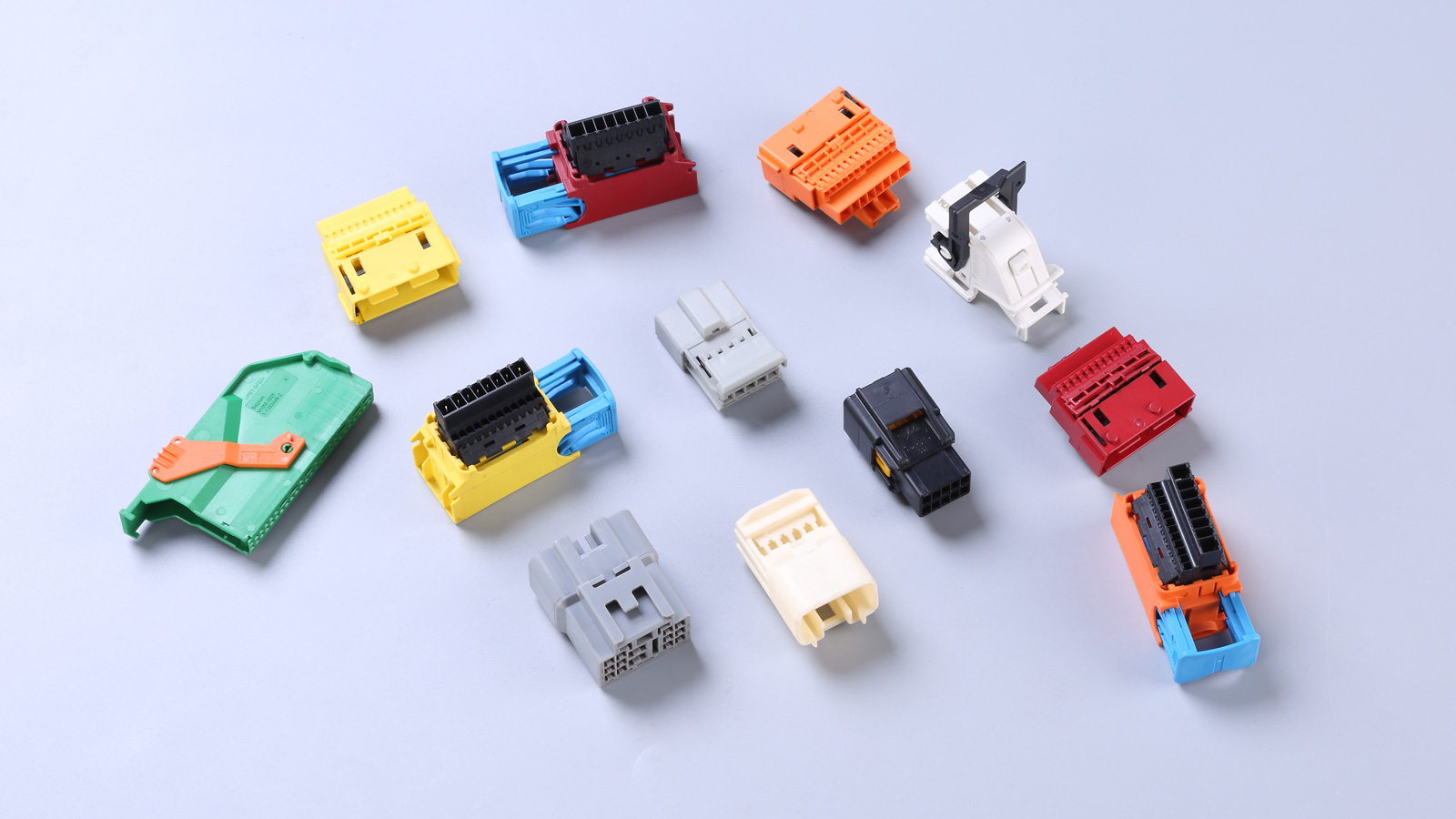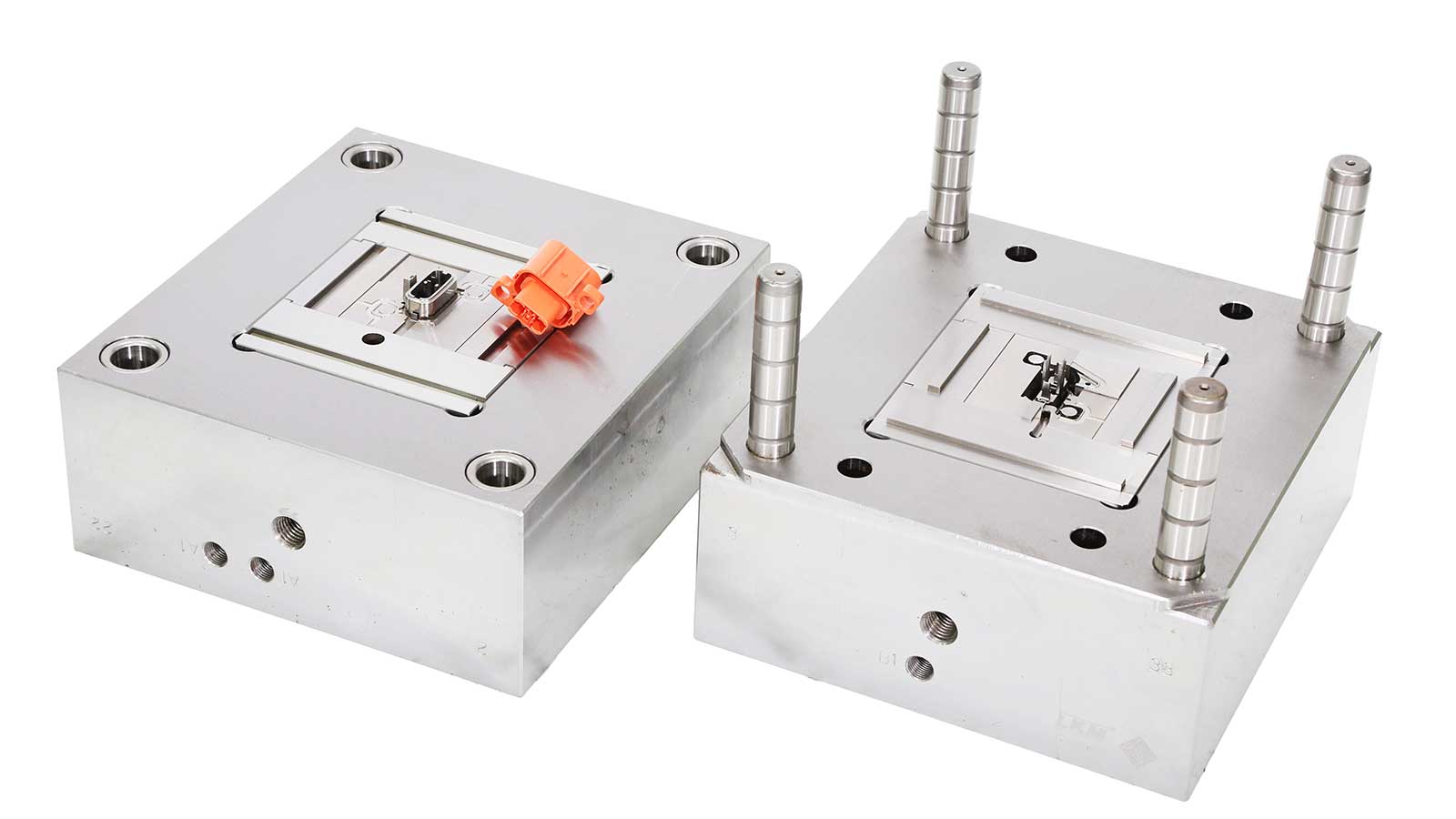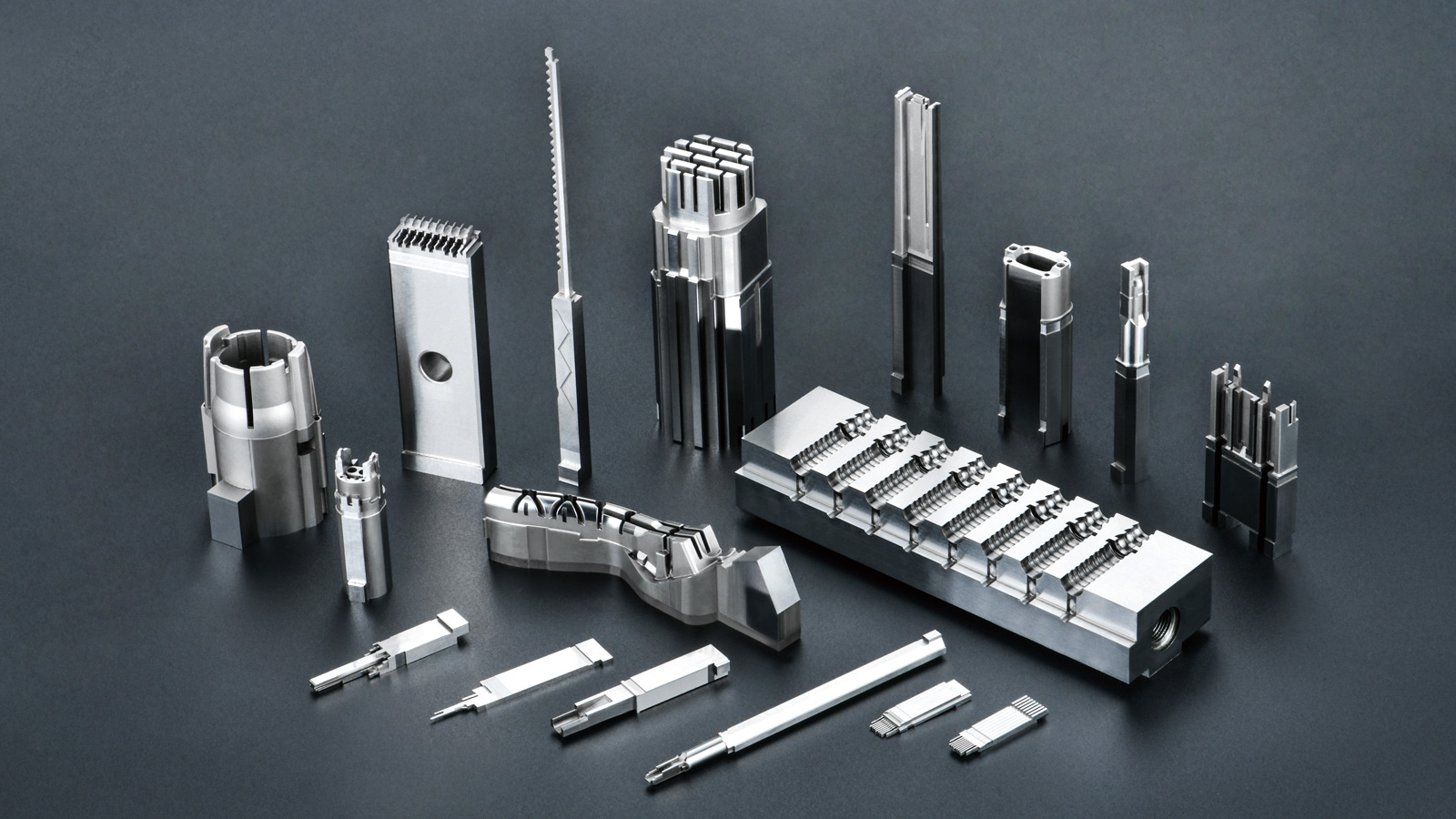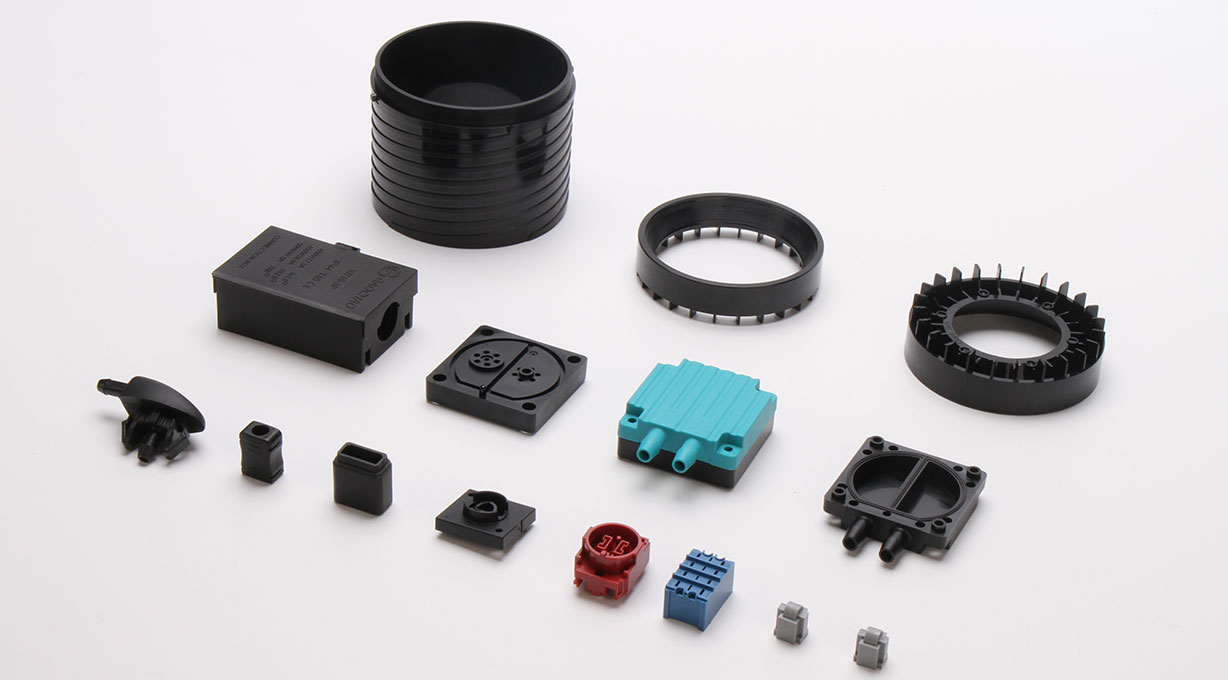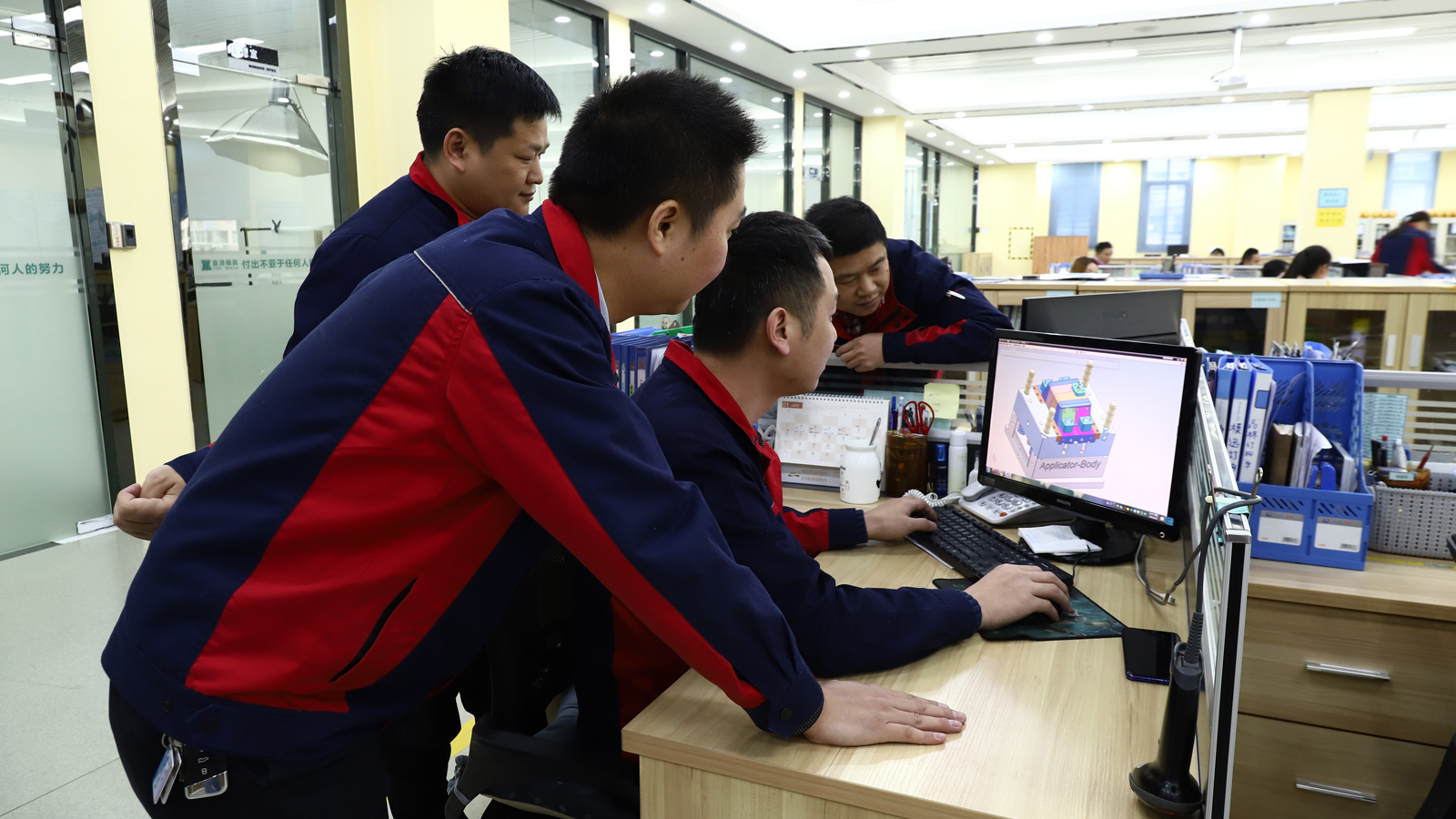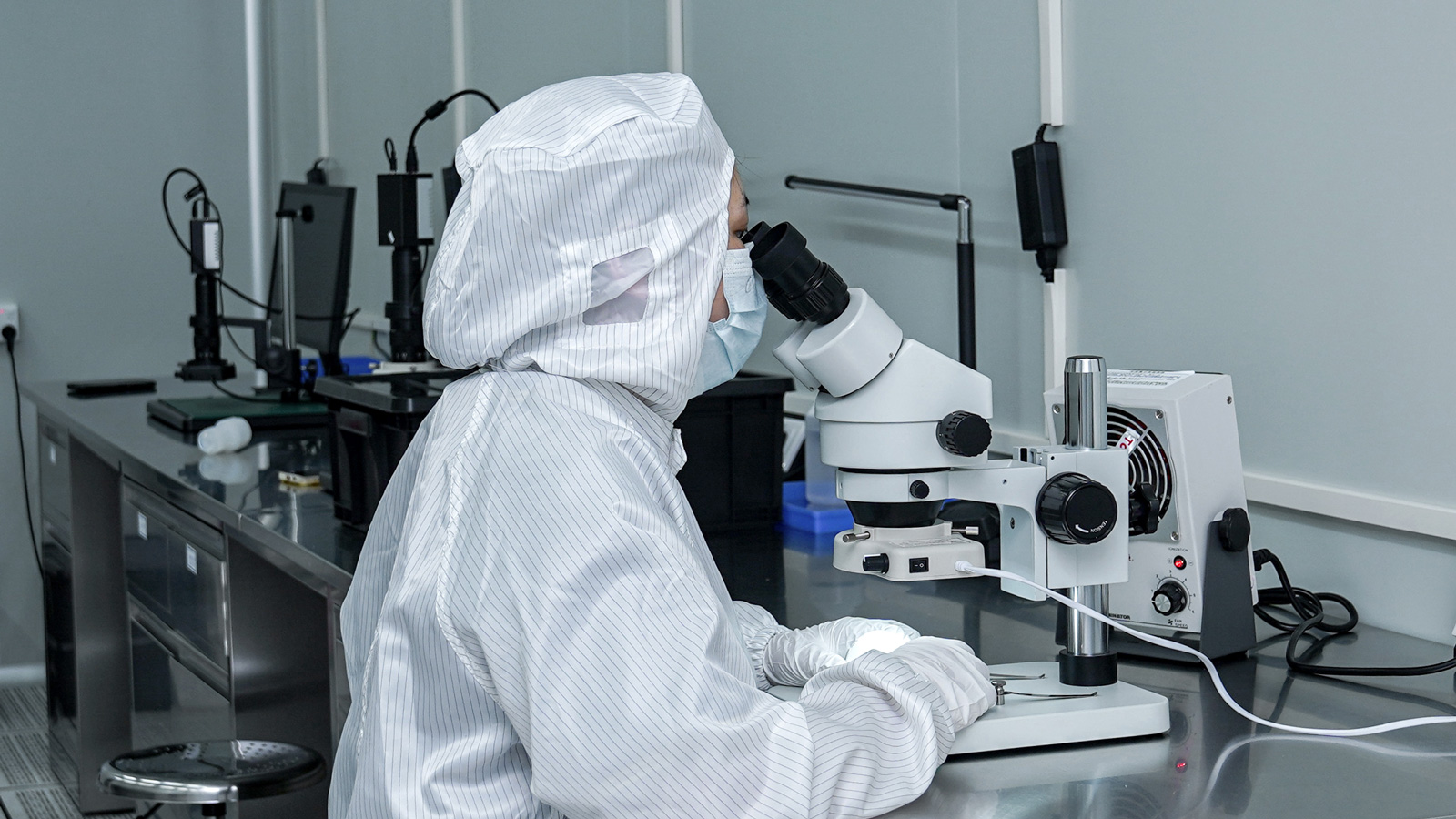Gas-assisted injection molding has become one of the standard manufacturing methods widely adopted by enterprises and industries worldwide, showcasing unparalleled efficiency in large-scale production. This process not only enables rapid production of high-quality products but also offers manufacturers multiple benefits through its unique injection mechanism. The following analyzes its core advantages across five dimensions:
1. Lightweight Design, Breaking Weight Limits
By injecting nitrogen into molten plastic, gas-assisted injection molding creates uniform hollow structures within products, significantly reducing weight. For instance, in automotive component manufacturing, this process can reduce the weight of large parts like bumpers by over 30% while maintaining structural integrity. This feature makes it the preferred solution for lightweight design in plastic furniture, toys, and automotive parts, balancing functionality and portability.
2. Maximized Material Utilization, Enhancing Cost-Effectiveness
Compared to traditional injection molding, gas-assisted technology reduces plastic usage by up to 40%. By precisely controlling gas injection, materials are filled only in critical stress areas, avoiding overconsumption. This advantage not only lowers raw material costs but also drastically reduces production waste, aiding enterprises in achieving sustainability goals. On average, manufacturers adopting this process see an 18% drop in material costs and a 25% reduction in waste disposal expenses.

3. Shortened Cycle Times, Boosting Production Efficiency
Gas-assisted injection molding optimizes material filling paths, significantly reducing cooling and solidification times. Hollow structures decrease plastic thermal mass, improving mold cooling efficiency by over 30%. For example, a home appliance company reduced its housing production cycle from 45 seconds (traditional process) to 32 seconds, increasing daily output per line by nearly 40%. This efficiency gain translates to faster order fulfillment, enhancing competitiveness in rapidly evolving markets.
4. Expanded Design Freedom, Merging Aesthetics with Functionality
This process breaks limitations of traditional injection molding, supporting thinner wall thicknesses and more intricate geometric designs. Gas pressure evenly distributes across mold cavities, eliminating common defects like weld lines and sink marks, achieving mirror-like surface finishes. Additionally, hollow structures enable concealed reinforcing ribs, enhancing structural rigidity while maintaining a sleek appearance. A toy manufacturer leveraged this technology to develop a transformable robot series, boosting market share by 15% due to its unique造型 (form) and flawless surfaces.
5. Enhanced Structural Performance, Improving Durability
Gas-assisted injection molding reshapes molecular alignment through internal pressure, creating streamlined stress distributions. Nitrogen injection forces materials to densely fill mold edges, eliminating internal voids and increasing impact resistance by 20%-30%. In automotive door panel applications, components produced via this process passed extreme temperature cycling tests (-40°C to 85°C) without cracking or deformation, doubling lifespan compared to traditional methods. This performance edge makes it ideal for high-reliability fields like premium electronic device housings and medical equipment components.
Conclusion
Gas-assisted injection molding redefines modern manufacturing quality standards and cost boundaries through material optimization, efficiency gains, and design innovation. Beyond practical cost-saving solutions, it drives product evolution from functional realization to aesthetic experiences. Under dual trends of sustainability and personalized consumption, this process will continue leading technological innovations in the injection molding industry.
